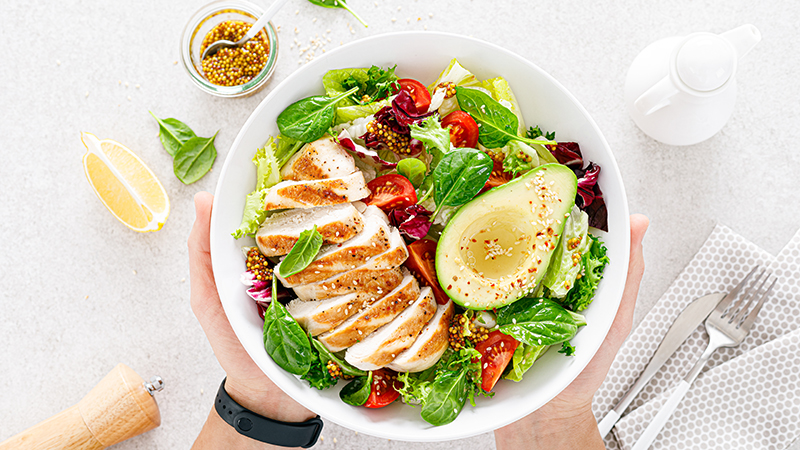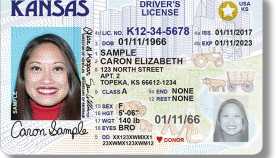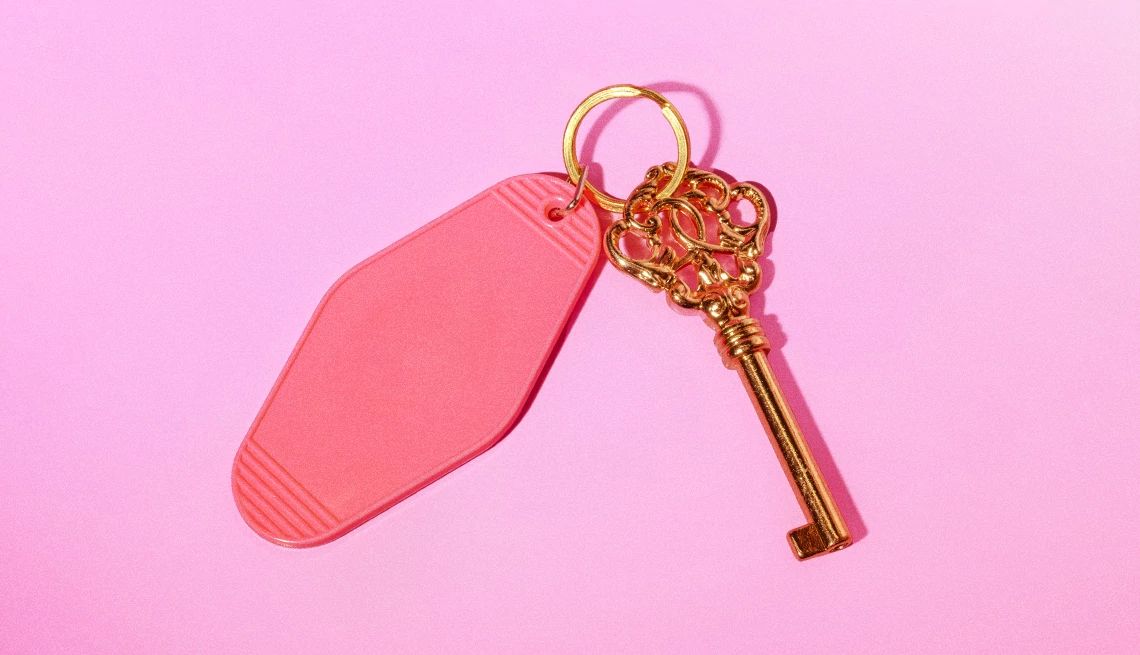AARP Eye Center
Are You Eating Enough Protein?
By Candy Sagon, September 28, 2022 07:44 AM

A growing number of health experts say many older adults may need to eat more protein than the recommended dietary allowance (RDA) to help them preserve muscle mass, bone health and strength as they age.
Some studies also suggest that sufficient protein may help protect mental skills. Insufficient protein intake can affect factors like poor sleep, inadequate physical activity, and stress and anxiety, which can contribute to cognitive decline.
Researchers point out that the original RDA for protein was based on studies of healthy younger adults. But older bodies have a harder time processing and using protein, resulting in faster loss of muscle mass with age. Studies suggest that the current RDA for protein may be insufficient for older people, especially those 65 and older.
To boost your protein, check out Staying Sharp’s video 10 foods with more protein than an egg.
A 2020 study in the Journal of Nutrition, Health and Aging of nearly 2,500 U.S. adults age 60 and up found a link between eating sufficient protein and higher scores on certain mental-skills tests, particularly if the protein came primarily from meat, eggs and legumes.
So how much protein do you need? The RDA for adults is 0.8 grams of protein per kilogram (2.2 pounds) of body weight per day. For a 150-pound woman that means about 54 grams of protein a day; for a 180-pound man, 65 grams.
Check out these foods, recipes, videos and more in our Superfoods to Support the Brain package to help create your own “super-diet.”
But two international groups of physicians and other nutrition experts recently suggested that the RDA for healthy older adults be increased to 1 to 1.2 grams of protein per kilogram of body weight daily. That’s 68 to 82 grams daily for a 150-pound woman and 82 to 98 grams for a 180-pound man.
That would mean a typical woman who eats about 55 grams of protein daily would need to increase her portion of meat or fish (for example, having a large chicken breast or a 6-ounce portion of salmon) and add additional sources of protein, such as 2 or 3 ounces of cheese, a container of Greek yogurt, an egg or two, or a cup of lentils or beans.
Find out more about how much protein people people need and get delicious recipes to help meet daily allotments in this article, The Right Amount of Protein to Feed Brain and Body.
This content is provided for informational purposes only and is not intended to provide any expert, professional or specialty advice or recommendations. Readers are urged to consult with their medical providers for all questions.

















)













































